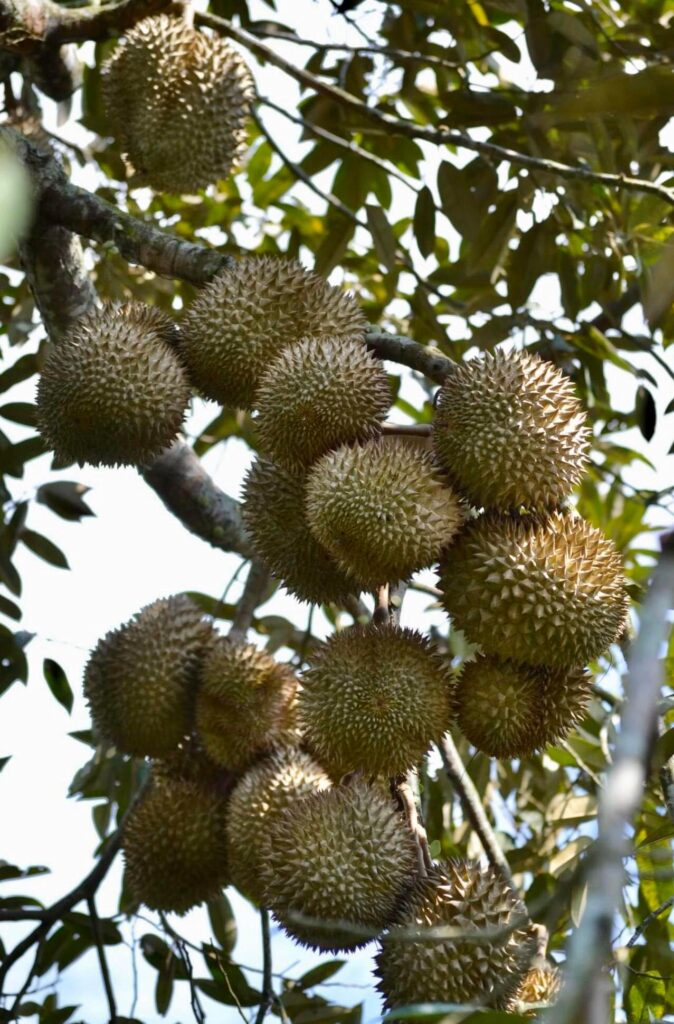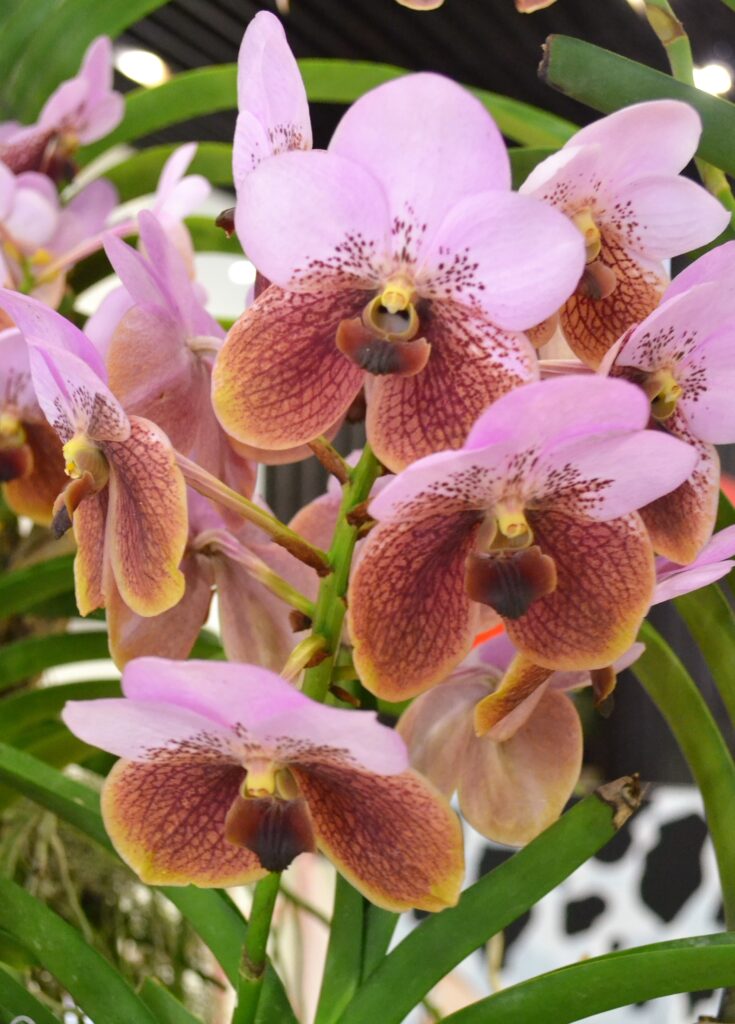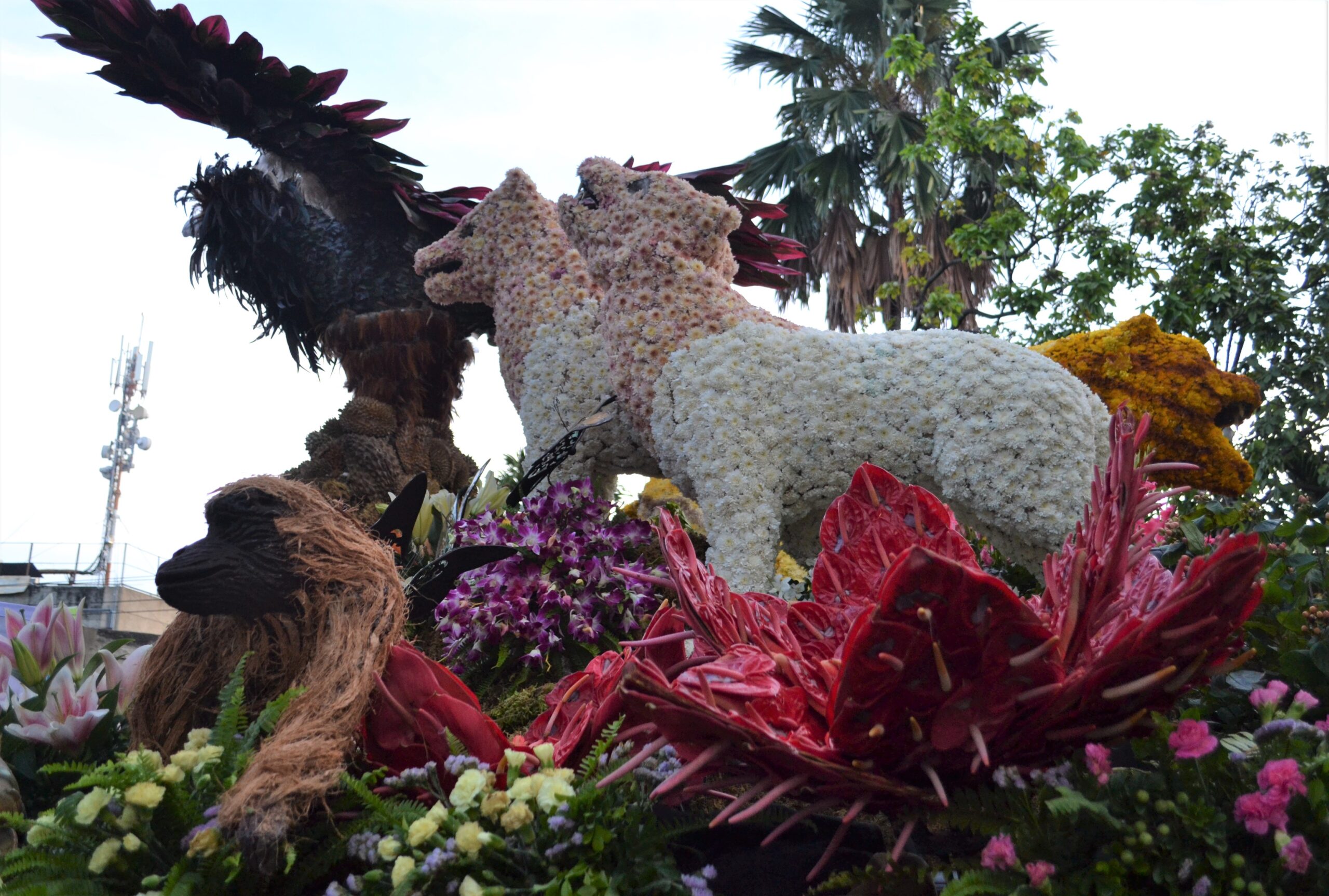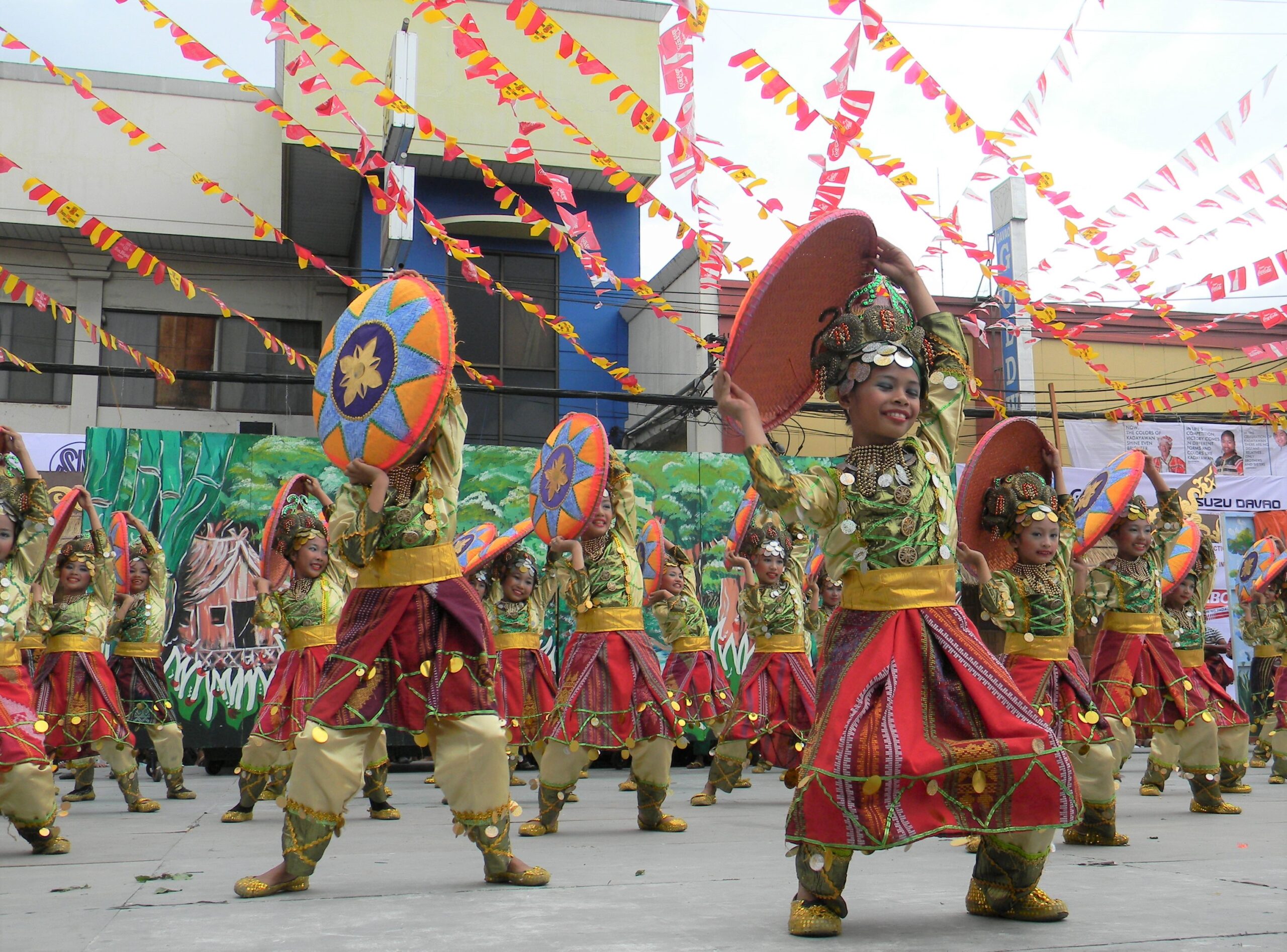Text and Photos by Henrylito D. Tacio
The very colorful Kadayawan sa Dabaw is one of the most anticipated festivals in Mindanao. After all, it is touted as the “Mother of All Festivals” in this second largest island of the Philippines.
But what most Dabawenyos and visitors don’t know is that this festivity started more than three decades ago “as a cultural rite by Mindanao tribes to thank the Supreme Being for a bountiful harvest.”
When Elias B. Lopez became the mayor of Davao City (from 1981 to 1986), the only full-blooded Bagobo mayor of the city encouraged all of the ethnic tribes in the city to showcase their annual thanksgiving rituals (called “pahinungod”) to the gods, particularly to the “Manama” (the Supreme Being).
When Ferdinand E. Marcos was ousted from power, the city government tried to unite the people of Davao, who were divided during the time of Martial law. And so, Apo Duwaling – the precursor of Kadayawan – came into existence.
The festivity was named after the three icons of Davao City: Mount Apo, durian and waling-waling. Let’s take a closer look at each:
Apo Sandawa. That’s what the ethnic tribes residing at the foot of Mount Apo would call the country’s highest peak (as it has an altitude of 2,954 meters or 9,692 feet). Mount Apo is the ancestral domain of six indigenous groups: Manobos, Bagobos, Ubos, Atas, K’lagans, and Tagacaolos.
These six tribes consider the mountain as a revered ground – their place of adoration and burial ground of their great forefather. Apo means “great grandfather.”
Durian is noted for his controversial odor. One foreign scribe describes it as a fruit “that smells like hell but tastes like heaven.” Old traveler Linchott wrote of the fruit’s excellent taste in these words: “flavor surpasses all the other fruits in the world.”
Read this other observation by another foreigner: “Love it or hate it – there’s no emotion in between. People either swarm to it like bees to honey, or bolt from the room. They faint with lusty joy, or they faint, period, with a handkerchief pressed to their nostril.”

Of course, you know Mark Twain, that American humorist, and novelist. In his book, “Following the Equator,” he penned of his durian experience in Southeast Asia: “It was a most strange fruit, and incomparably delicious to taste, but not to the smell.”
What’s in a durian fruit? The Food and Nutrition Research Institute of the Department of Science and Technology gives us this bit of information. Durian is rich in vitamin C, phosphorus, calcium, and iron. It also contains fair amounts of thiamine, riboflavin, and niacin. It is also a good source of carbohydrates, proteins, and fats.
Kadayawan is not a festival without durian. Visitors and guests – whether locals or foreigners – to the city expect a treat like no other when they eat durian.
Unfortunately, this year, the harvest of durian fruits this time of the year is not as abundant as in the previous years. The culprit, according to the City Agriculture Office (CAO), is the unusual weather which the city has been experiencing in recent months.
“Due to climate change, we don’t have enough harvest, especially for durian,” Edgardo Haspe, CAO officer-in-charge, was quoted as saying during the recent I-Speak Media Forum.
The waling-waling, named in “allusion to a moth in flight,” was discovered on Mindanao in 1882. It used to grow on tree trunks in the rainforests of Davao (particularly in Mount Apo), Sultan Kudarat, and other parts of the island.
The native Bagobos worship waling-waling as “diwata” (fairy). “It is one of the finest orchid species endemic to the Philippines, desired by orchid growers and breeders alike for its showy and floral characteristics to its progeny,” wrote Dr. Helen Valmayor in her book, “Orchidiana Philippiniana.”
Waling-waling is considered the “queen of Philippine flowers” due to its spectacular form, color, and size. It plays an important role in orchid hybridization, which makes it a recognized and acclaimed orchid.
In the science world, it is called Vanda sanderiana, named after Henry Frederick Conrad Sander, a noted orchidologist who discovered it. It is sometimes known as Sander’s Vanda.

Unfortunately, waling-waling is listed by the Convention on International Trade in Endangered Species of Wild Fauna and Flora (CITES) as “critically endangered.” CITES is an international treaty among governments to ensure that the survival of wild plants and animals are not threatened by their trade.
In 1988, when Rodrigo R. Duterte became the mayor of Davao City, he renamed Apo Duwaling to its present name: Kadayawan sa Dabaw.
The word Kadayawan is derived from the word “madayaw,” which means “valuable, good and superior.” It is celebrated every third week of August.
The celebration is also Davao’s firm drive of preserving its heritage. Focus of the festivity is the 11 tribes of the city: Ata, Bagobo Klata, Bagobo Tagabawa, Kagan, Maguindanaon, Manuvu, Matigsalug, Maranao, Obu, Sama, and Taosug.
To showcase the rich culture and heritage of these 11 tribes, the Kadayawan Tribal Village has been set up in Magsaysay Park.
Among the highlights of Kadayawan sa Dabaw are the street dancing (called Indak-indak sa Kadalanan) and floral float parade (known as Pamulak sa Kadayawan). This year, they are done on August 20 and 21, respectively.


Madayaw Dabaw!

